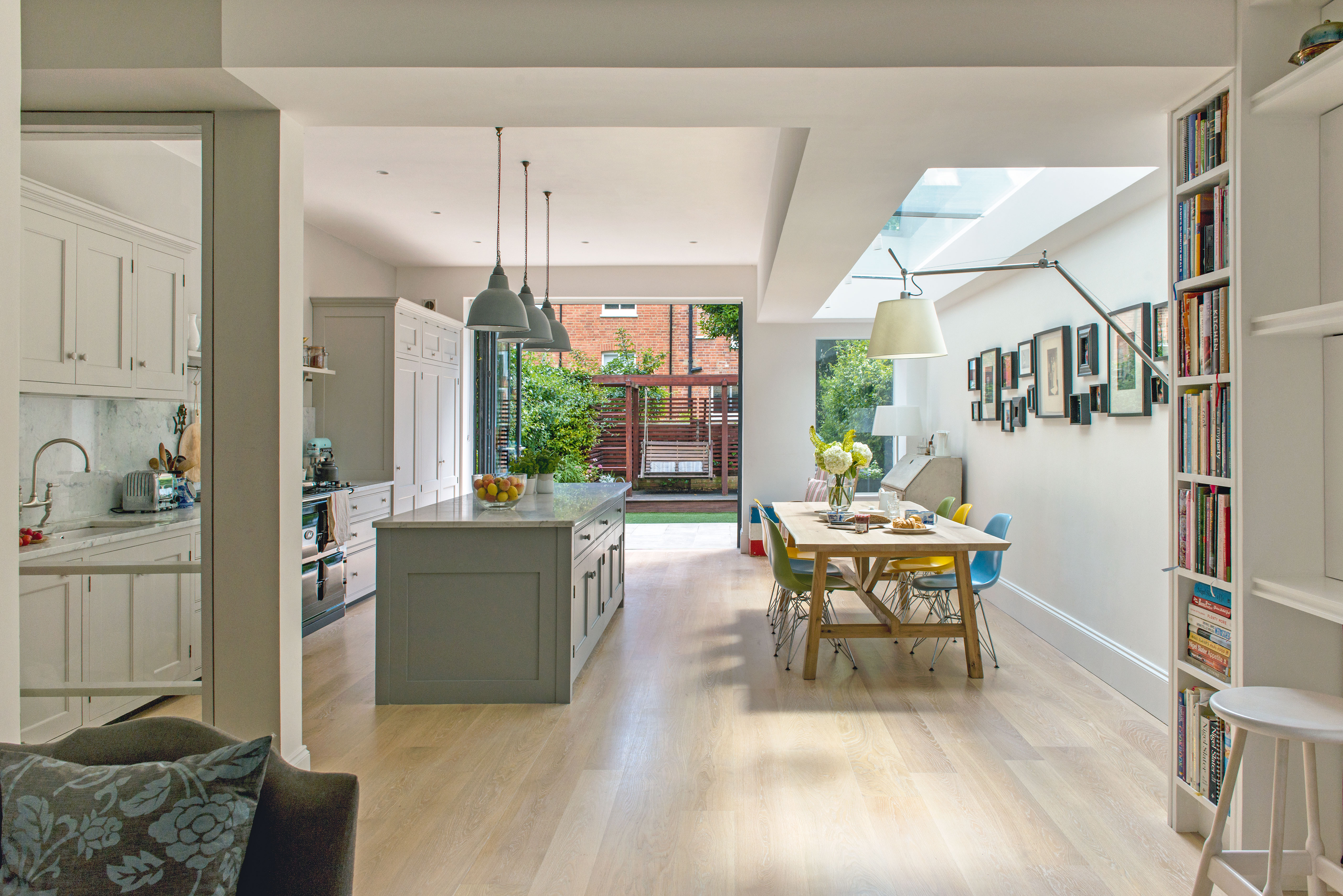
Renovation costs
Finances and paperwork
Planning permission
Adding an extension
Going open plan
Dealing with structural movement
Repairing a roof
Treating timber problems
Repairing and replacing windows
Insulating your home
Beating damp
Rewiring
Installing central heating
Renovating a fireplace
Installing a new kitchen
Moving a bathroom
Plastering
Decorating
If you're transforming a home, house renovation costs will be uppermost in your mind. Taking a period property back to its former glory after years of neglect, for example, is not a job for the faint-hearted (finance-wise), and if you’re hoping to live in the house for years to come and make it a characterful home for your family, you’ll need to take the time to restore it properly. Even making changes to a home built in the last century could pose financial hurdles.
To ensure that your bank balance stays healthy, we've put together a thorough guide to walk you through house renovation costs according to each area of your home. You can use the jump links to the right to head directly to the sections of interest to you.
When you're sorted with your home renovation budget, check out our step by step guide to a house renovation to get your project started.
House renovation costs: is it worth renovating an old house?
If you are able to sell your house on in the future at a price that outweighs the renovation costs, then it's a worthwhile investment. You should be sure to check the highest selling price of houses in the area where you wish to renovate, to see if there is scope to make a profit. Of course, if you plan on renovating a house to enjoy it for yourself for years to come, with no plan to move, then it's very worthwhile indeed.
Old houses tend to be cheaper than new builds or properties listed as newly renovated, so you should be able to find something within your budget that allows you to plan for a successful renovation too. Then you can treat yourself to more exciting things, like the best sofas, or best TVs.
Costs of finances and paperwork for a renovation
Avoiding a renovation money pit: top tips
1. Check the ceiling value for the property by assessing the prices of homes sold locally.
2. Work out the estimated costs for required works to the property. Add this to the asking price (or the price you are offering) on the home and check the ceiling value is more.
3. Create a firm budget with 15 to 20 per cent contingency.
4. Get expert advice before you buy. The cost of hiring a surveyor or builder to estimate the cost of works is going to be less than committing to a project you can't afford.
When estimating the material and labour costs for a renovation project, many forget to factor in any additional fees. Things such as design work, seeking permissions or conducting specialist surveys will all add to the ultimate cost to renovate a house.
Something that must not be overlooked is insurance. Regular building insurance will not always cover a large-scale renovation project – especially if the property is to undergo big structural changes or be left vacant for some time. If this is the case look for insurance that covers empty buildings, or even site insurance. Specialist renovation insurance should also cover public liability and employers' liability meaning anyone/or anything that gets damaged in the process can be covered.
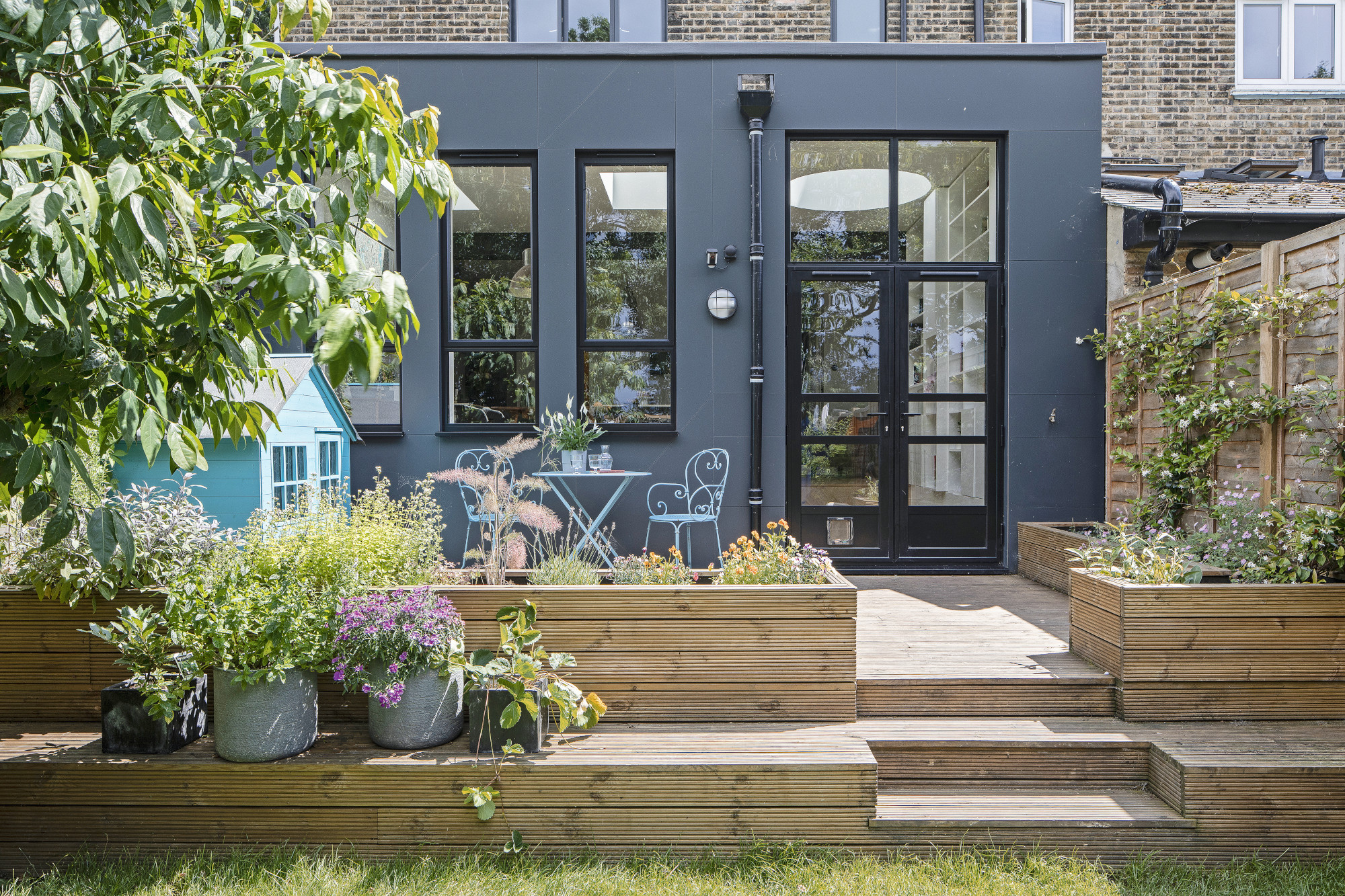
This is all the more true of older properties. Be aware of the particular requirements of period buildings before you start, and remember to always include a healthy contingency fee of at least 10 to 15 per cent when renovating.
Phillip Hall, managing director of Hall Construction Ltd, points out, ‘Costs are often higher for renovating a period property as owners may have to provide full-blown plans as well as calculations from a building engineer to comply with building regulations.‘ He adds that the initial costs to renovate or extend a period property are often 30 to 50 per cent higher than in contemporary buildings, due to the materials and skilled labour involved, and most new owners do not appreciate that.
‘It’s also worth considering a warranty, such as the Federation of Master Builders’ MasterBond, which is a safety net for any problems with the work – it covers you if the builder goes out of business, is declared bankrupt, or if the principal dies. It’s also worth noting that builders with key skills are usually booked well in advance.‘
Costs and fees
- Insurance costs depend on the property's rebuild value, postcode risk and the value of the new building works. Expect to pay £600–£1,200
- Building regulations fees start at only £80 but could cost several thousand, depending on the extent of the work and number of visits required throughout the project. A local contractor may be able to help you estimate these fees based on past jobs.
- A preliminary bat survey will cost around £300, with a full survey of £1,000+ required if this shows bats to be present.
- A warranty to cover the building work is sensible. Expect to pay £1,000–£5,000 for a 10 year warranty
Planning permission costs
Planning permission will be necessary on works to listed properties, homes in conservation areas and if you are doing work that falls outside of your permitted development rights, such as large extensions. Do not overlook it when establishing your house renovation costs.
A planning application in England costs £206. Check with your local authority to see how much this costs in Wales, Scotland and Northern Ireland.
If you are working with a good local designer and builder, they should be able to advise on whether your plans are likely to get permission. If unsure, your local authority will offer pre-application advice for £100–£200. This could save time and additional fees for re-application.
How much does it cost to renovate a house?
Below is a breakdown of costs by area of importance. Remember that the primary aim with any renovation is to get the property secure and watertight early on to prevent any further damage. And, you should carry out works in a logical order that means you won't undo jobs in the process – for example, there is no point fixing plaster in a room that will need rewiring.
How much does it cost to add an extension?
Extending a house will add much needed space and could increase the value of your home. There are so many factors affecting the cost of an extension so use our extension cost calculator for a better idea. But, for a 4m x 5m extension expect to pay around £30,000 and upwards for basic quality; you will pay from around £38,000 for a good quality build; and it will cost you from £44,000 for an extension with an excellent finish.
This is build cost only and will not include the professional fees or VAT. So factor in an extra 10–15% for design and project management fees, then 20% for VAT.
Remember if you are building a two-storey extension, while it will cost more, the cost of the roof and foundations will be spread over two floors so it may not be as much as you would think. If you want alternative house extension ideas, be sure to check out our page for inspiration that suits your budget.
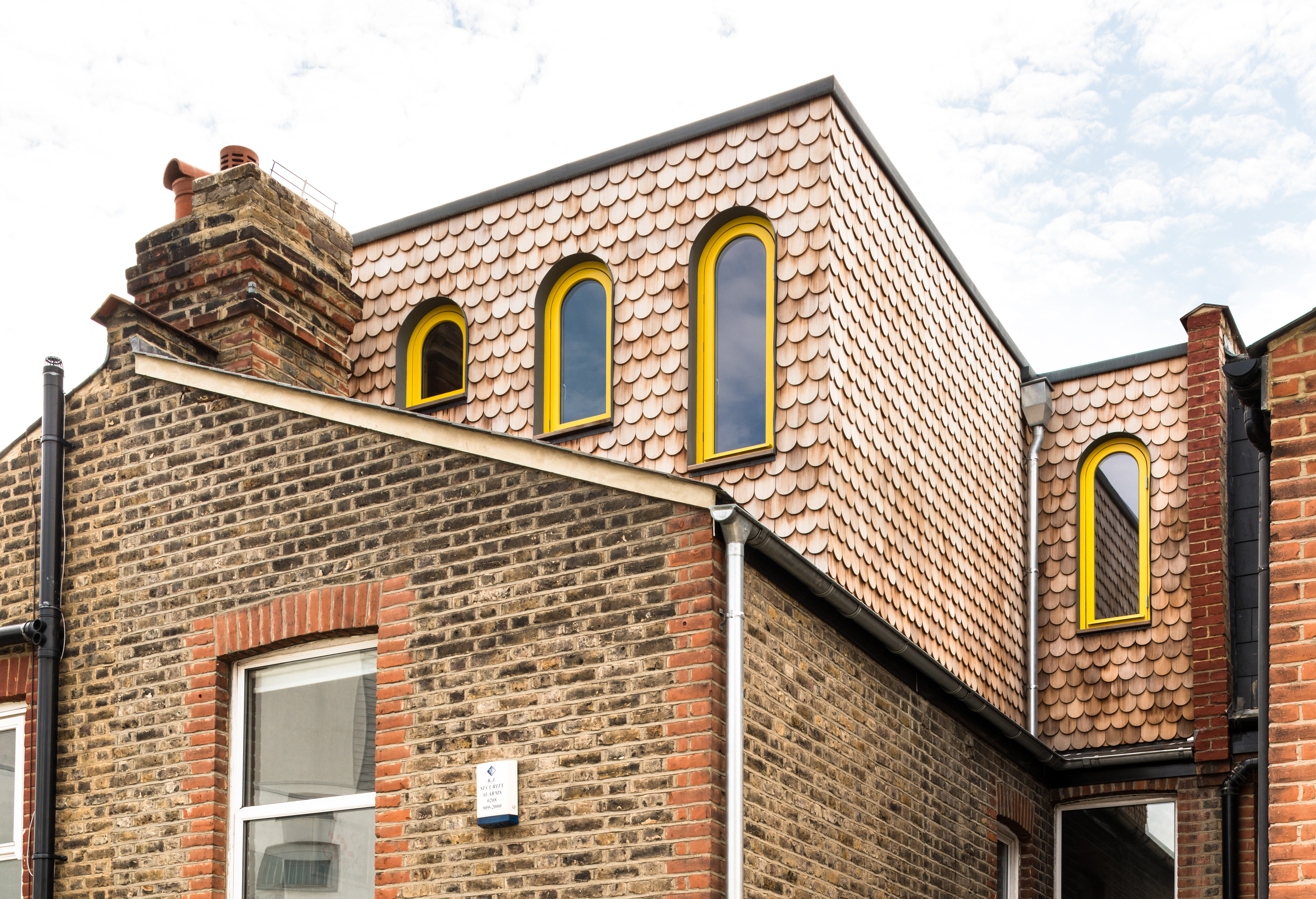
This loft on a north-London Victorian house is part of a large-scale extension and refurbishment project by Office S&M. Rounded cedar shingles, which will weather and change colour over time, lend it a sense of fun
Loft conversions:
Loft conversions are another popular way to add rooms to a home. Properties built before the 1960s are often prime for a room-in-roof conversion, as the loft space is not overrun with trusses – something common on houses built in the last 50–70 years.
A room-in-roof conversion requires the least work. Often all that is needed is a set of stairs to access the space, a new floor, rooflights and then the room can be insulated and plastered. Expect to pay around £1,150–£1,350 per square metre for a basic loft conversion. Dormer loft conversions are slightly more, but they do help increase the footprint. Budget from £1,250–£1,450 per square metre for this type of loft conversion.
If you need to swap out the roof, new trusses and roof coverings will be required. It can help make much more of the space, but will therefore also cost more. A mansard extension will be at least £1,500 per square metre, as will a hip-to-gable extension.
Read up on loft conversion costs to put yours into action.
How much does it cost to go open plan?
One of the most popular alterations to a period house is to open up the downstairs living space. All Grade I and II listed buildings need Listed Buildings consent first; and all new work must comply with current building regulations.

‘First check with your building surveyor or structural engineer that the wall isn’t one of the main supporting walls,‘ advises Philip Hall of Hall Construction, a member of the Federation of Master Builders. ‘To get some idea, try knocking it – if it’s just a thin plaster stud wall, you’re fairly safe to go for an open plan kitchen design. For other interior walls you’ll need to shore up the upper storey with a Reinforced Steel Joist (RSJ).
‘If there are no complications, to knock down a wall, remove the rubble to a skip and make good it shouldn’t take more than a couple of days – although there may be rewiring involved, such as relocating light switches and power points.‘
Find out more about going open plan in an old home.
Costing the job
- Independent RICS survey, £500–£1,000
- Planning application, £172
- Skip, £120–£350
- Knocking down a wall and inserting an RSJ, from £3,000
- Removing wall in Grade II listed house, up to £5,000 (pending Listed Buildings consent).
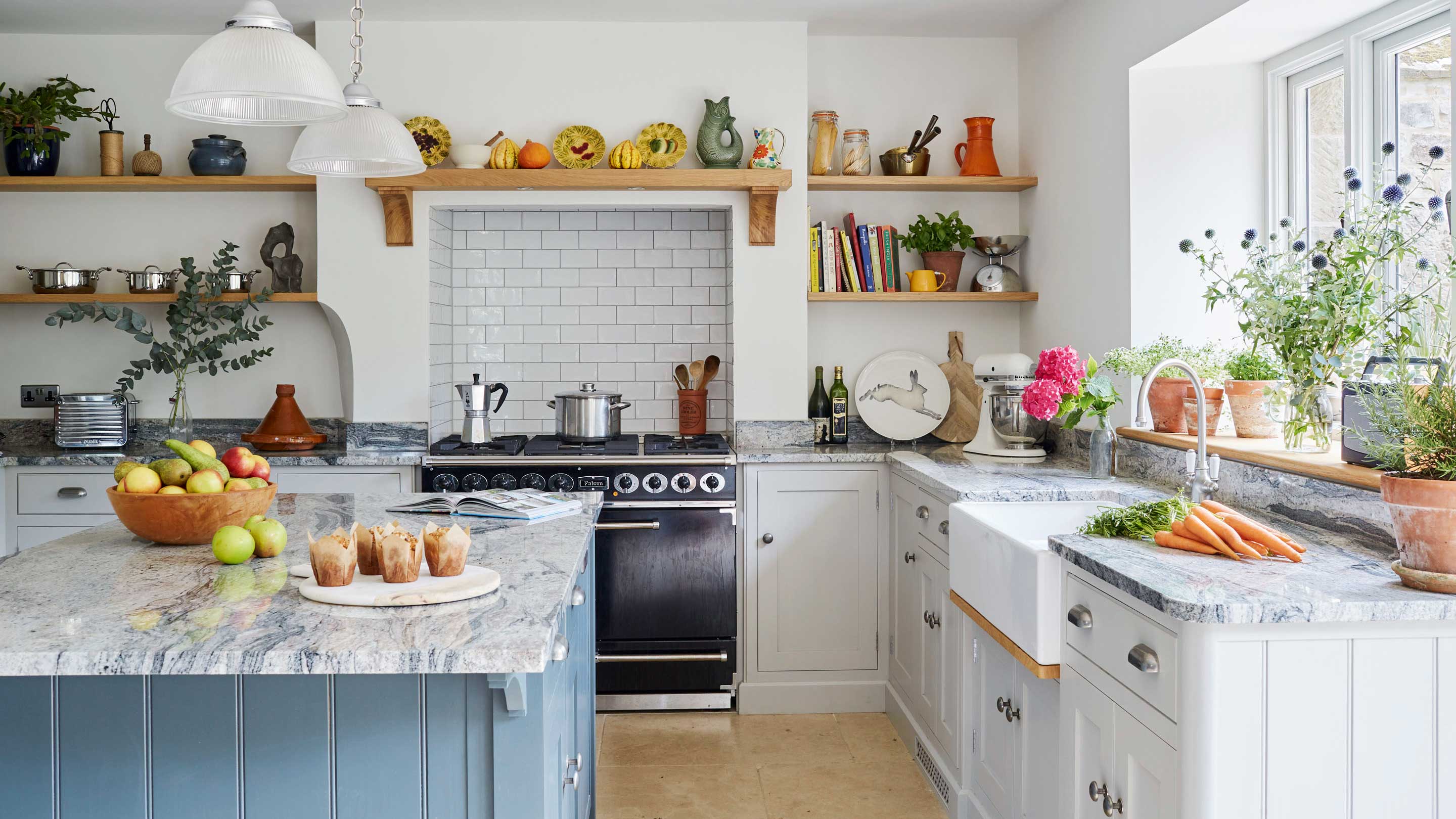
Ways to save money on home renovation costs
- Avoid adding to the job or changing your mind halfway through – it’ll usually cost more and cause delays. Confirm any changes in writing.
- Live on site during the renovation. You'll save on money renting elsewhere. This can, however, slow the job down. Find out more in our guide about how to manage this.
The costs of dealing with structural movement
Movement, either subsidence or heave, occurs where a property is built on unstable foundations. It's more common in areas with clay subsoils, compounded by thirsty tree roots and flooding or leaking pipes, which cause the soil to shrink or expand, with structural problems following on, and this can up home remodelling costs significantly.
‘It’s still a huge taboo,’ says David Gakhar, chairman of the Association of Specialist Underpinning Contractors (ASUC). ‘Underpinning involves extending the house foundations to stabilise the building.’ He adds, ‘The precise depth of the trench depends on the cause of the subsidence, the type of soil, proximity of the tree and extent of its roots.’
More from Period Living
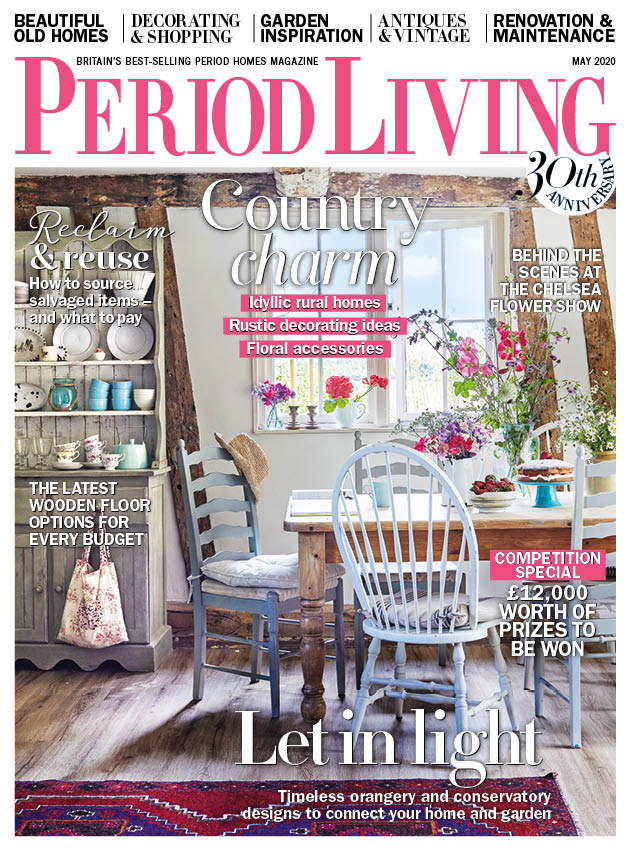
Period Living is the UK's best-selling period homes magazine. Get inspiration, ideas and advice straight to your door every month with a subscription.
Smaller jobs (such as underpinning a bay window) might involve creating a shallow trench around 2m deep and filling it with concrete. Larger jobs would require deeper trenches, perhaps using steel piles and reinforced concrete.
Period buildings using traditional materials and techniques tend to be more flexible, and able to cope with some movement. Always seek specialist advice as rigid underpinning may not be a suitable remedy for stabilising a period building.
Costing the job
- Independent RICS survey, £500-£1,000
- Underpinning to 2m, £3,000-5,000
- Underpinning beyond 2m with steel piles, £10,000-£200,000
- Making good cracks and decorating, £10,000-£100,000
- Building insurance excess, approx £1,000
Cost of repairing a roof
Early detection of roof damage is essential to prevent extensive (and expensive) repairs that will greatly add to remodelling costs. This means it should be one of the first things you check and remedy when taking on a project. Look for loose or missing roof tiles and damp patches on ceilings inside. If the damage has impacted the rafters or roof timbers, you will need to factor this cost in – otherwise costs depend on the type of tile used on the roof with natural slate being the most expensive.
Flat roofs should also be inspected. They do not deserve the bad press they received in the 70s and 80s, as modern versions should be well insulated and properly fitted. When getting yours repaired, look for at least a 20 year guarantee.
Where applicable, the costs below include the roof being stripped, re-felted, fitted with new battens and tiled by a professional roofer.
Costing the job
- New hip and ridge tiles cost from £70/m2 including labour
- Retiling a roof with natural slate, from £150/m2
- Retiling a roof with artificial slate, from £106/m2
- Retiling a roof with clay tiles, from £105/m2
- Retiling a roof with concrete tiles, from £45/m2
- Repairing a flat roof will cost from £35/m2 to £80/m2
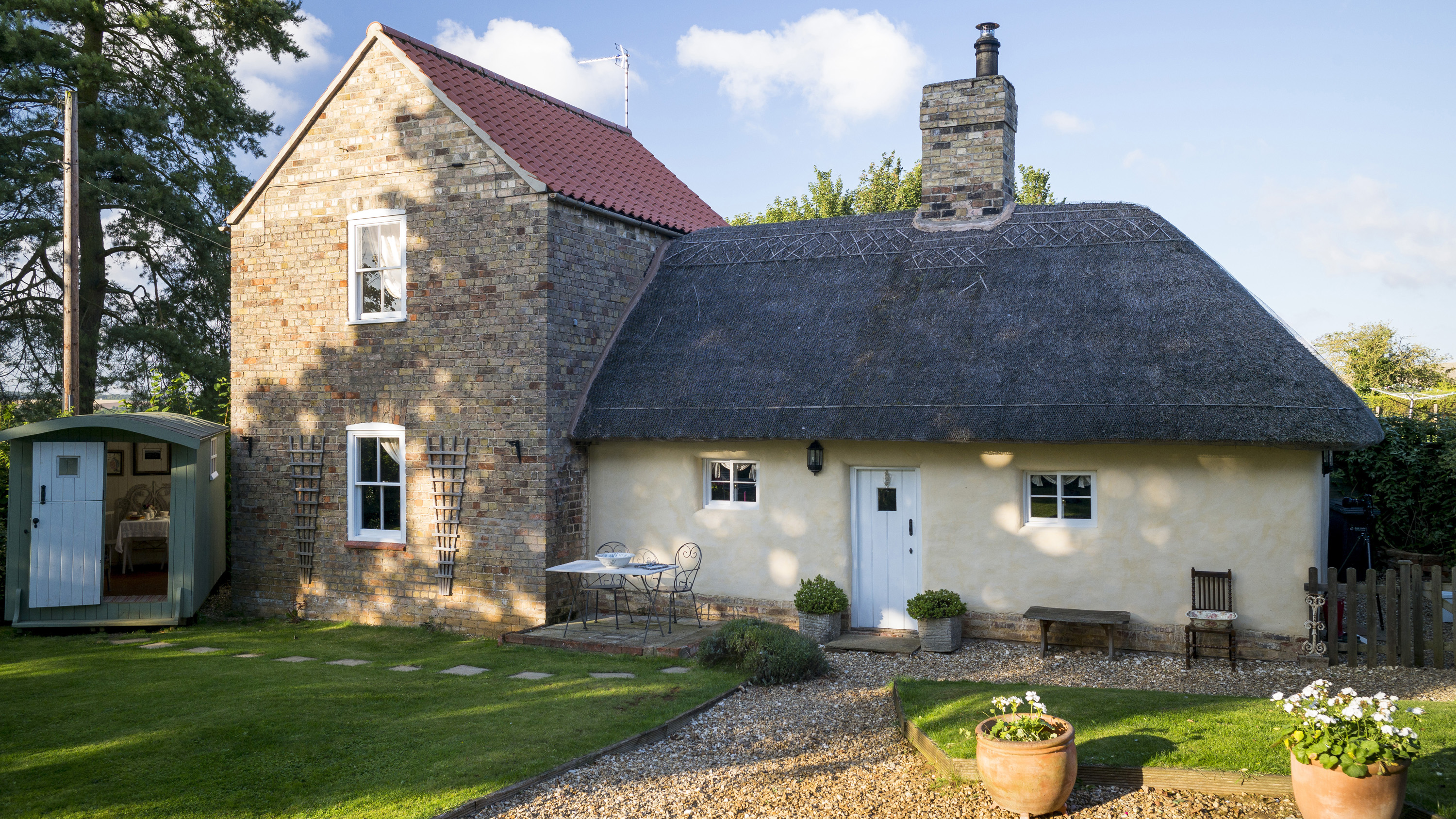
Repairing thatched roofs
Thatched roofs generally need renovating when they start to leak. They can be patched up, but owners often prefer to have the whole roof done at the same time (budget permitting).
Often, thatchers use water reed (or Norfolk reed); long-stemmed wheat (or long straw); and combed wheat reed (or Devon reed). Water reed lasts the longest – 30-50 years compared to combed wheat reed (20-30 years) and long straw (12-20 years). The durability of thatch depends on the pitch of the roof, climate, quality of thatching and depth of coat.
‘Thatching a whole roof normally takes about a month but this really depends on the size of the team working on the roof, complexity of access, roof structure and how much remedial work is required to roof timbers,‘ says Marjorie Sanders of the National Society of Master Thatchers. Re-thatching a listed building will require planning consent if it involves a change of material, i.e. from long straw to reed.
Costing the job
- £4 for a bundle of good quality single wale water reed
- Estimate the roof at £150/m2
Ways to save money
- Join the Thatched Owners Group for a one-off payment of £95 (01406 330007) for advice on insurance, grants and other money-saving ideas.
- Investigate conservation grants and no-interest loans, sometimes available from your local council to save a good chunk on home remodelling costs.
The cost of treating timber problems
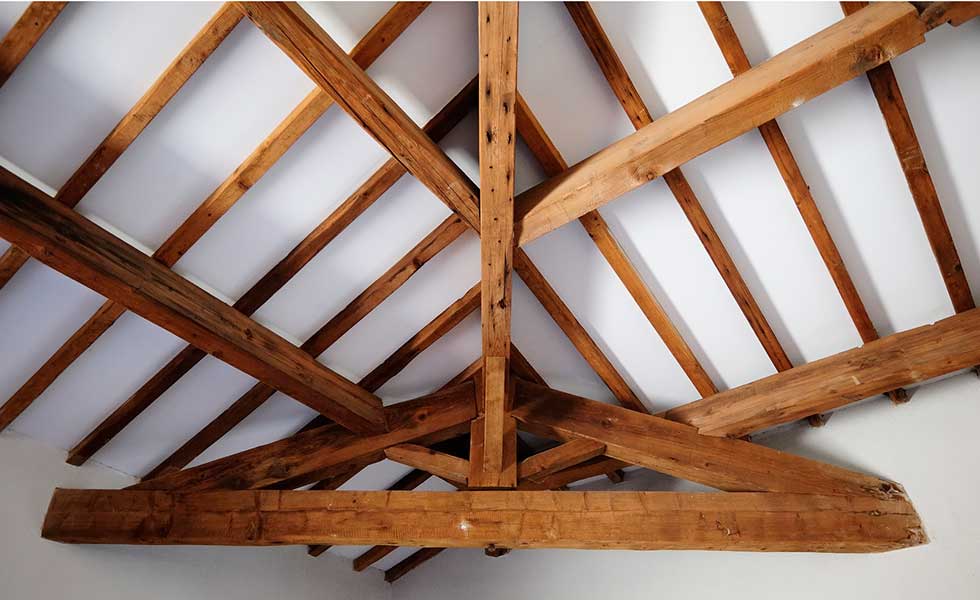
Timber-related problems such as woodworm, dry rot and wet rot often come hand-in-hand with the overriding problem of damp. This can be expensive to fix, and one of the biggest house renovation costs, so factoring in any work that needs to be done with your remodelling costs is vital. Woodworm (that is, the larval stage of common wood-boring beetles) thrives in poorly ventilated, dank conditions. Typical are common furniture beetle and wood-boring weevils; deathwatch beetle is comparatively rare.
‘Much beetle attack found in buildings is extinct,’ says Douglas Kent at SPAB. ‘Active outbreaks are identified by holes with sharp rather than round edges, and the presence of fresh bore dust (‘frass’).
‘Since dry timber is immune to attack, the best thing to do is eliminate all cause of dampness and reduce the wood’s moisture content to below about 15%.
‘Secondary measures may be required too, particularly where infestation is extensive. This could entail targeted chemical treatment, traps using pheromones (to catch furniture beetle) or ultraviolet light (for death-watch beetle) to reduce their populations respectively.’
Costing the job
- Independent RICS survey, £500-£1,000
- Pesticide treatment of roof purlins, floor joists, floorboards and stairs, from £560
Ways to save money
- Solve damp and ventilation issues and the problem may subside by itself.
- Sort damp as soon as you can to prevent further damage.
The cost of repairing and replacing windows
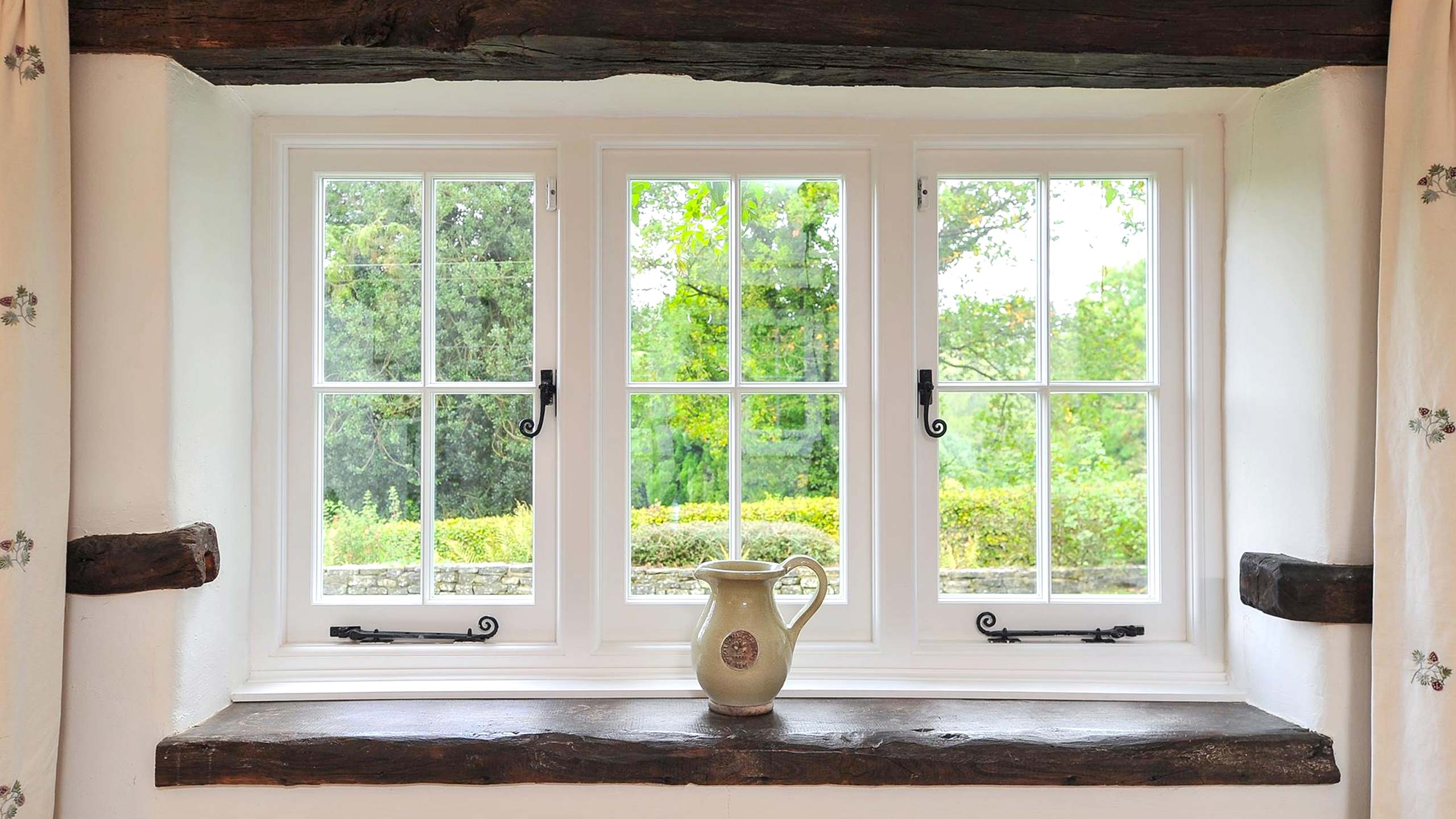
Beautiful casement windows from The Sash Window Workshop
Another important stage in making sure any renovation project is weathertight, is to assess the windows. Windows are very important to the overall character of a property, so avoid replacing original windows with modern versions unless completely necessary.
However, if the windows are damaged beyond repair, and are currently single-glazed, this could be a good opportunity to upgrade them to double-glazed units and improve the efficiency of the home. Alternatively, secondary glazing can be added to single-glazed windows to help reduce heat loss and sound transfer.
If you do come to replace the windows, try and match the style and materials that would have been used. Timber is the most common window type on period homes, but aluminium options work well too. PVCu is a budget friendly choice on newer homes but composite windows are a good buy too, offering low-maintenance but a higher-end look.
Find out more in our guide to choosing windows for period homes.
If you want to bring more light into the home you might consider adding bi-fold or sliding doors. These are a popular choice for kitchen extensions and will really change how you use the space due to better linking to the garden.
Costing the job
- Repairing timber windows (patching up paint and repairing rot) can be done on a DIY basis for under £100
- Replacing original timber windows, budget from £800 per unit including fitting
- Installing PVCu windows will cost from £200 per unit
- Replacing French window with a set of bi-fold or sliding doors will cost from £1,000 per metre
- Adding secondary glazing on a DIY basis will cost a couple of hundred pounds but permanent units that can be opened cost from £300 per window
Ways to save money
- Only replace windows if necessary, and salvage and repair original windows.
- Treat timber rot early on, then use wood hardener and filler to rebuild timber frames.
- Approach local carpentry companies for quotes. If you hire them for other jobs around your home you might be able to negotiate a good deal.
How much does insulating a house cost?
Insulating your home will not only make it feel warmer, but reduce your heat loss and prevent wasted energy. Fortunately most methods of insulation are not too costly and can usually be done on a DIY basis, meaning you quickly save on your heating bills without too much expenditure.
Start with the loft, where an estimated quarter of a home's heat is lost. You should also insulate floors to stop heat loss to the ground or between upper and lower rooms. Walls can be insulated externally and internally – external insulation can be more costly (and usually requires planning permission), but internal insulation will use footprint and can impact on the appearance of rooms.
Don't forget to draughtproof windows and external doors, lag pipes and insulate hot water tanks too.
Costing the job:
- Insulating a loft costs from £230 to top up insulation between boards, to £550 to insulate a loft with rigid insulation boards to it can be used for storage
- Cavity wall insulation, £370 for a mid-terrace to £720 for a detached
- Internal wall insulation will cost from £4,000–£13,000
- External wall insulation is £8,000–£22,000 (and you may need remedial work to move rainwater goods or extend the eaves or the roof)
How much does beating damp cost?
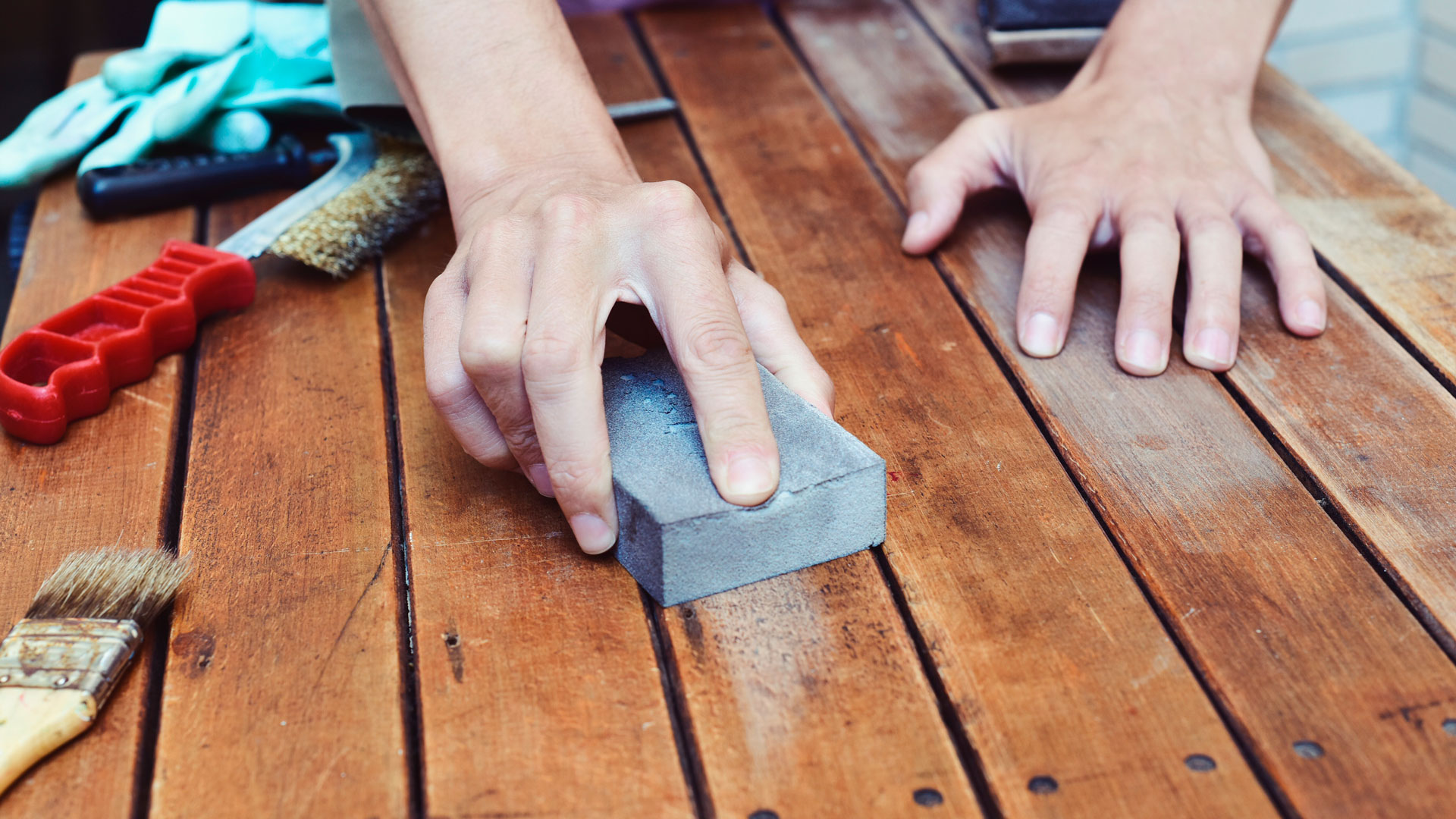
All too often a surveyor will pick up a high moisture reading in a period home when in fact there may be no dampness at all. The wall could be bone dry, with the electrical moisture meter just picking up a high reading due to hydroscopic salts. Qualified surveyors should investigate the matter, rather than simply referring you to your local damp proof specialist (ie, a salesman with a vested interest).
‘Always discuss the underlying causes of damp,‘ advises Douglas Kent, technical secretary at The Society of Protection of Ancient Buildings (SPAB). ‘Investigations usually reveal a problem such as build up of humidity in bathrooms and kitchens, which aren’t well ventilated; condensation caused by sealed double glazing; leaking gutters, broken drains, cracks in pointing; vegetation close to the brickwork; and a host of other entirely solvable problems that don’t require invasive damp proof treatments.’
The best course of action is to have an independent home condition survey undertaken by a chartered RICS surveyor – preferably a conservation specialist who will give a full diagnosis and offer remedial solutions to improve ventilation and alleviate structural dampness.
Costing the job
- Independent RICS survey, £500-£1,000
- Injected damp proof course, average of £2500
- Tanking walls (with textured membrane and sump), from £200/m2
- Repointing chimney, from £250
- Repointing decayed lime mortar, from £25/m2
- Repointing hard cement render, from £40/m2
Ways to save money
- Check there’s adequate ventilation.
- Check for any blocked or leaking gutters.
How much does rewiring a house cost?
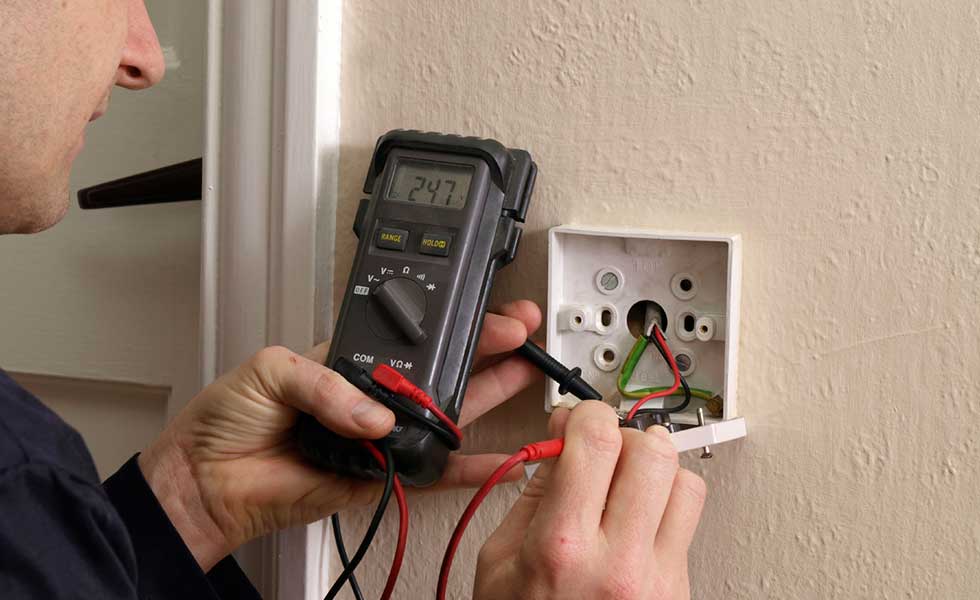
Undertaking an entire rewire can be a messy, disruptive business. Expect to have furniture moved and floorboards lifted to allow access for cabling. A great deal of dust can be created during wall chasing and re-plastering, so keep lots of dust sheets on hand. ‘The electrician will need to have access to all areas of the property at all times, as circuits are wired from room to room, rather than one room at a time,’ explains a representative from the Electrical Contractors’ Association.
‘The main concern for period homeowners is the difficulty of hiding cables with the least amount of damage, particularly to original plasterwork, which can be costly to reinstate. You don‘t want unsightly cables and trunking on show, so it’s best to have a specialist on hand to restore plasterwork to its original condition afterwards.
‘Another common problem is that period houses never have enough power sockets,’ adds Giuliano. ‘Given the huge increase in the number of appliances we use these days, it’s a good idea to factor in a few extra sockets where you can.’ Contact the ECA for advice on calculating how many sockets you need.
Costing the job
- Complete house rewire, from £4,000
- For decorative period-style sockets, from £65
- ’Chasing in‘ two new wall lights either side of chimney breast, from £450
- Typical day rate, from £200
Ways to save money
- Save time and money by removing as much furniture or clutter in advance as you can – a contractor may charge you more to do it for you.
- Plan electrics work well in advance of replastering or decorating so you don't have to make good afterwards.
How much does it cost to install central heating?
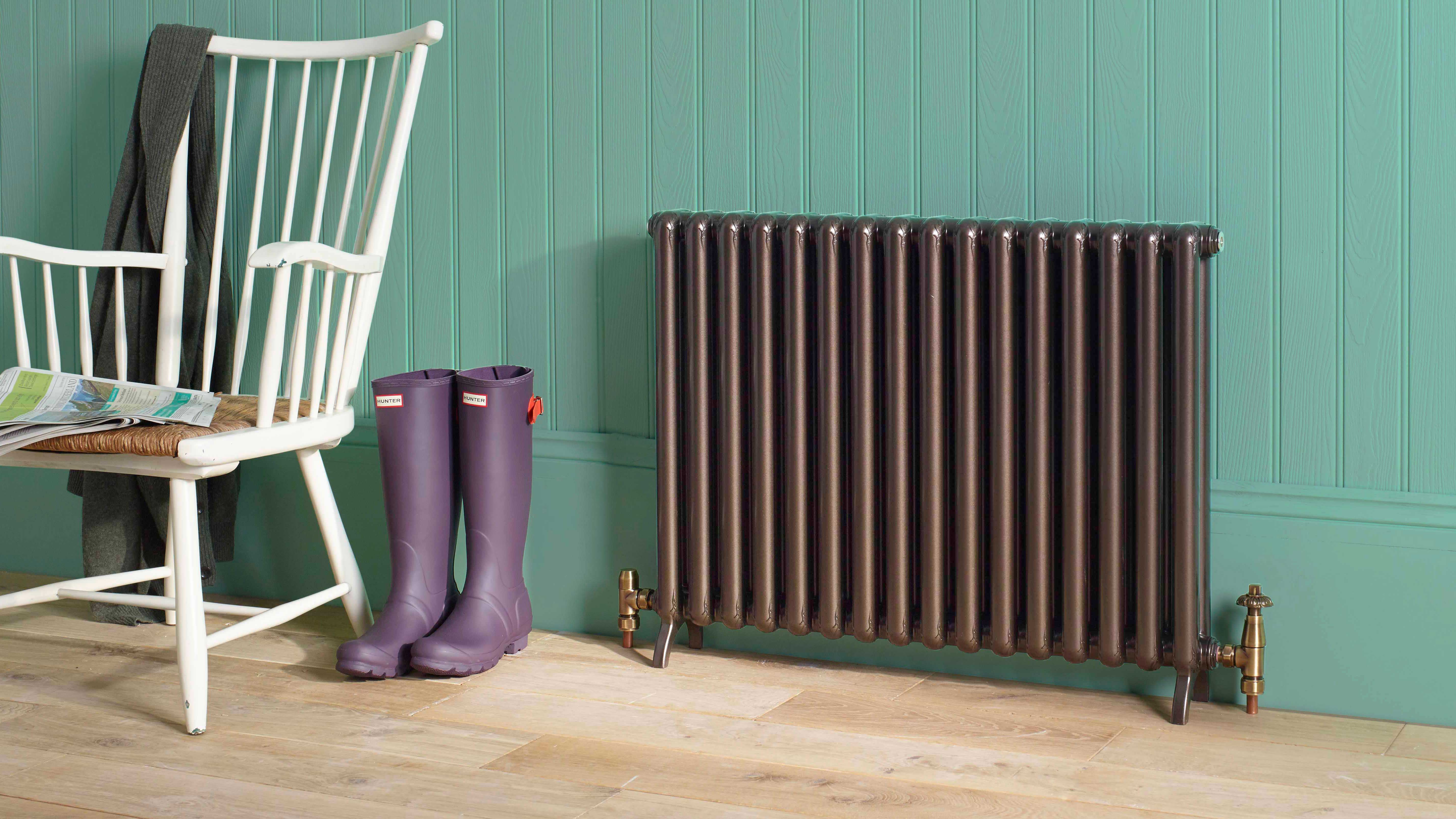
Renovating an old cottage without central heating might seem like a brilliant challenge to take on in summer, but you’ll quickly miss the luxury of heating come winter.
‘Whatever type of system you’re having installed, draw up a full specification first,’ advises a spokesperson from Association of Plumbing and Heating Contractors. ‘Make sure you get three quotes from qualified plumbers with an NVQ City & Guilds level 3, and check they make a thorough on-site survey, for instance looking at hidden pipe work such as the existing flue. Finally, make sure you get the work signed off by a member of a Competent Person’s Scheme or an inspector from Building Control.’
Under Gas Safety (Installation and Use) Regulations, new gas boilers can only be commissioned by a Gas Safe Registered heating engineer, so check your plumbers’ credentials. If fitting a boiler using another heat source, such as oil, a Competent Persons Scheme-approved installer should be used. Regulations also dictate new boilers must be the high-efficiency condensing type, which reuse heat that would normally be lost from the flue.
You may also need to factor in the cost of connecting your home to the nearest gas main, but if you’re not on mains gas, you’ll need to have an oil-fired boiler instead, and an oil tank or ‘bowser’ in the garden. A fully qualified plumbing and heating engineer will be able to calculate the size of the heating appliance and the number and size of the radiators you’ll need.
Costing the job
- Radiators for an average nine-room home, £450 (approx £30 each)
- Replica Victorian school radiators, from £120
- New condensing boiler, £1,500–£3,000
- Labour and other materials, £3,500
Ways to save money
- If you have to connect your home to the nearest gas mains, get your builder to dig any trenches before the connection and installation work begins.
- Buy reclaimed radiators but make sure they’ve been fully re-conditioned.
The cost of renovating a fireplace
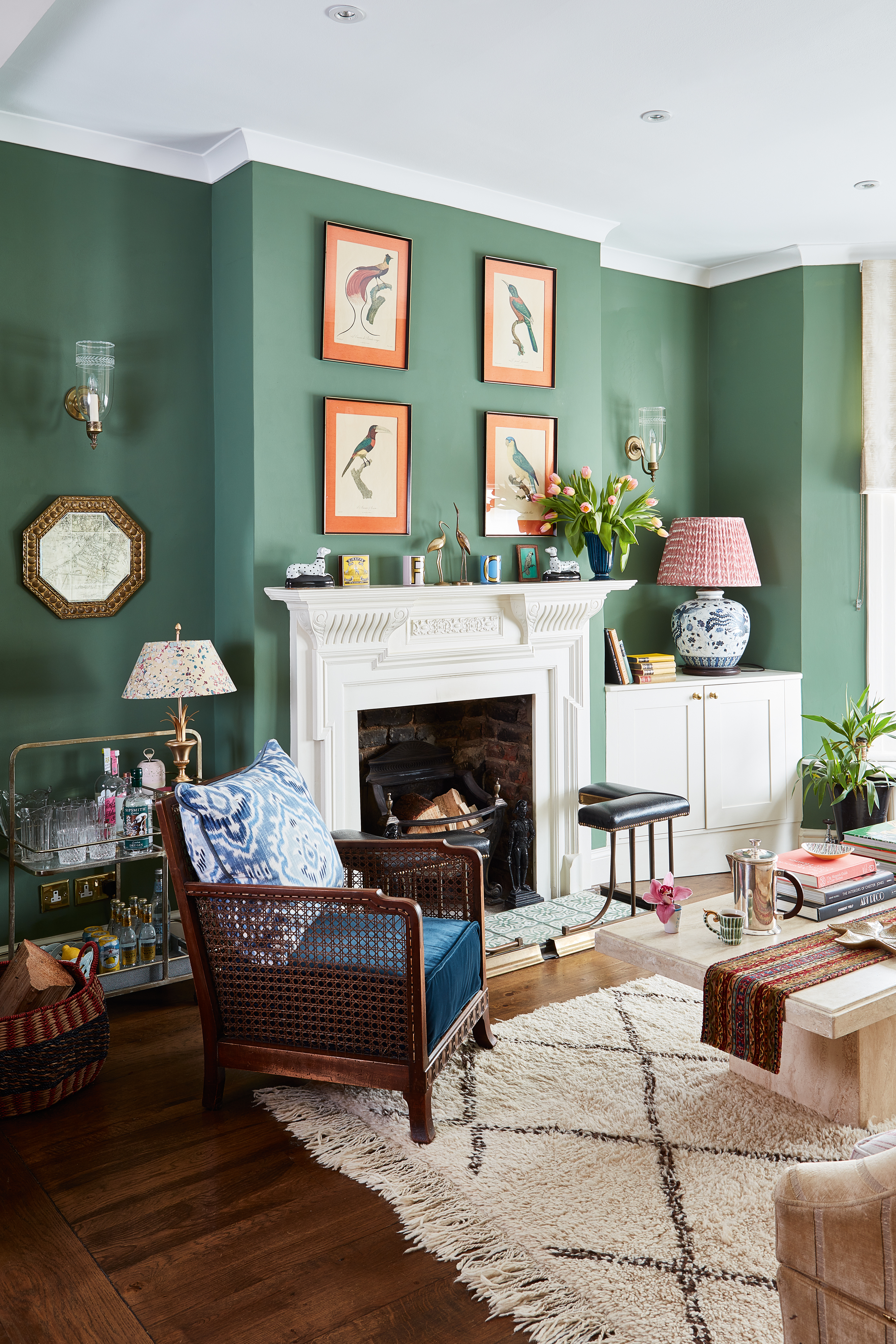
Many old houses had their fireplaces boarded up during the 1960s and 1970s. If you want to remove a dated heating appliance to reinstate the original hearth, it’s a job for the professionals – at least in part.
First you’ll need to have the appliance safely removed by a HETAS-qualified engineer and the chimney swept by a NACS sweep. Your local fireplace showroom may require a small deposit before sending out a consultant to check the chimney for leaks. If it has leaks, the chimney will need to be repaired or lined. Relining a chimney must comply with current building regulations.
Building regulations now require that constructional hearths must be built of solid, non-combustible material such as concrete or masonry, at least 125mm thick.
Then there’s the cost of the fire grate and a suitable period-style surround – not forgetting those labour costs.
Costing the job
- Chimney sweep, £45–£60
- Chimney leak checks, £60–£100
- Chimney lining and scaffolding, including labour and materials, from £1,500–£2,500
- Constructional hearth, £200
- Fire surround and tiles, £500–£2,000
- Fitting of hearth, surround and grate, from £500
Ways to save money
- There are few ways to trim house renovation costs when it comes to fireplaces – but, HETAS are at pains to stress that DIY enthusiasts shouldn’t attempt to modify their own fireplaces owing to risk of carbon monoxide poisoning and fire hazard.
The cost of installing a new kitchen
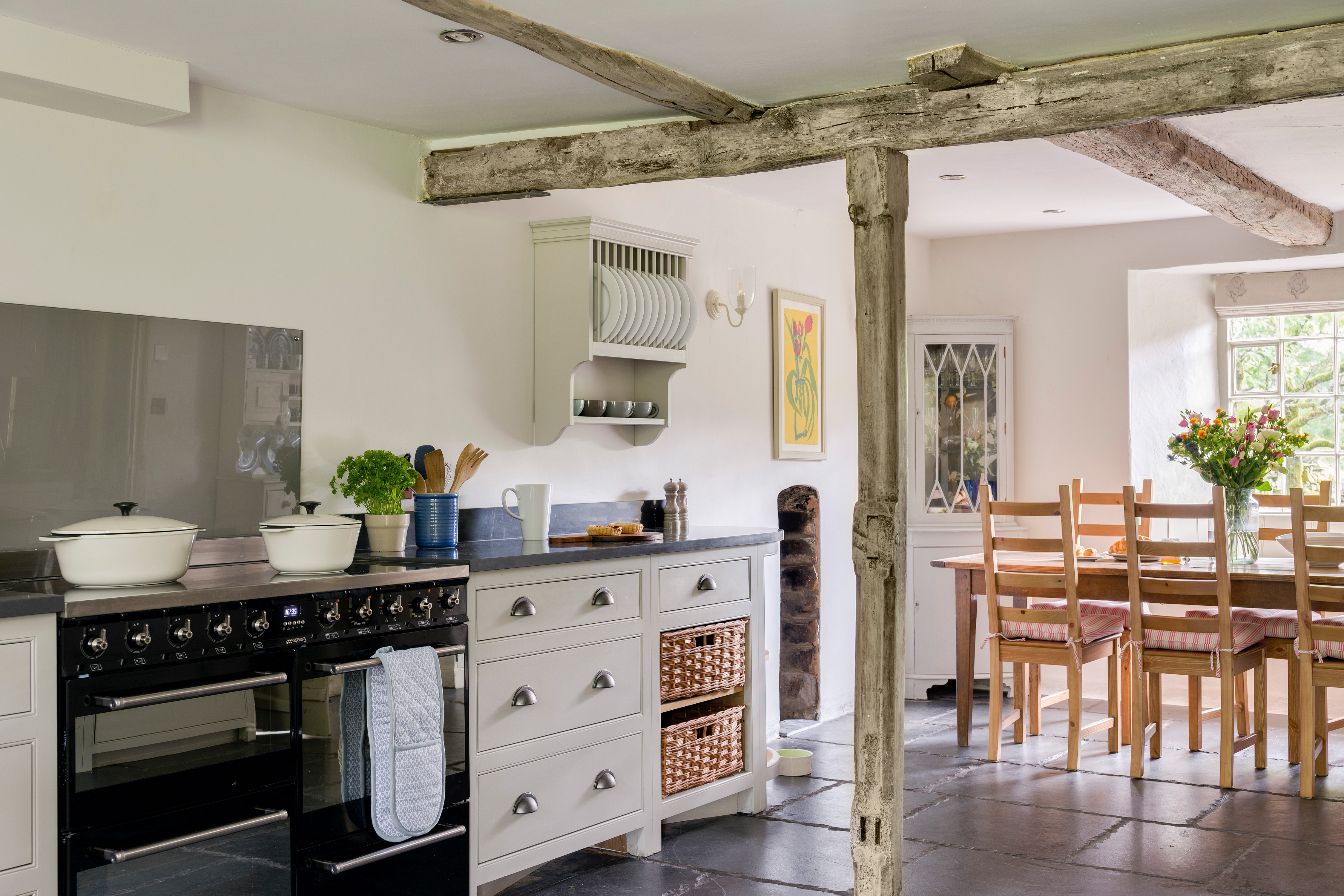
Kitchens used to be hidden-away work spaces, but today they’re rooms in which we spend huge amounts of time, even in period properties. Not only do they need to offer the preparation and cooking facilities that suit all the home’s occupants, but they must also be stylish space we want to be in. Often, they’re a zone in an open plan kitchen diner and living space, so the kitchen’s decor must work harmoniously with dining and relaxing areas as well.
Careful pre-planning is key to achieving a kitchen that fulfils all your expectations, at a cost you've budgeted for. Start by consulting in great detail with your kitchen designer, architect and builder.
Costing the job
- At the lower end of the kitchen cost scale, expect to pay upwards of £3,000 for good quality units for an average sized kitchen.
- On top of this, you'll need to add worktops, which cost upwards of £100.
- Appliances and fitting can vary from a few hundred pounds to more than £2,000, depending on the kitchen's complexity.
- Find more on new kitchen costs in our advice piece
Ways to save money
- If your budget is tight, keep the kitchen's layout and design simple.
- Using good-quality kitchen paint can be good value, as you can change the colour and look inexpensively by painting kitchen cupboards yourself.
- If you have to prioritise, invest in high-quality worktops and taps.
- High-fashion kitchens can look great, but may date quickly, so go for a classic look.
The cost of moving a bathroom
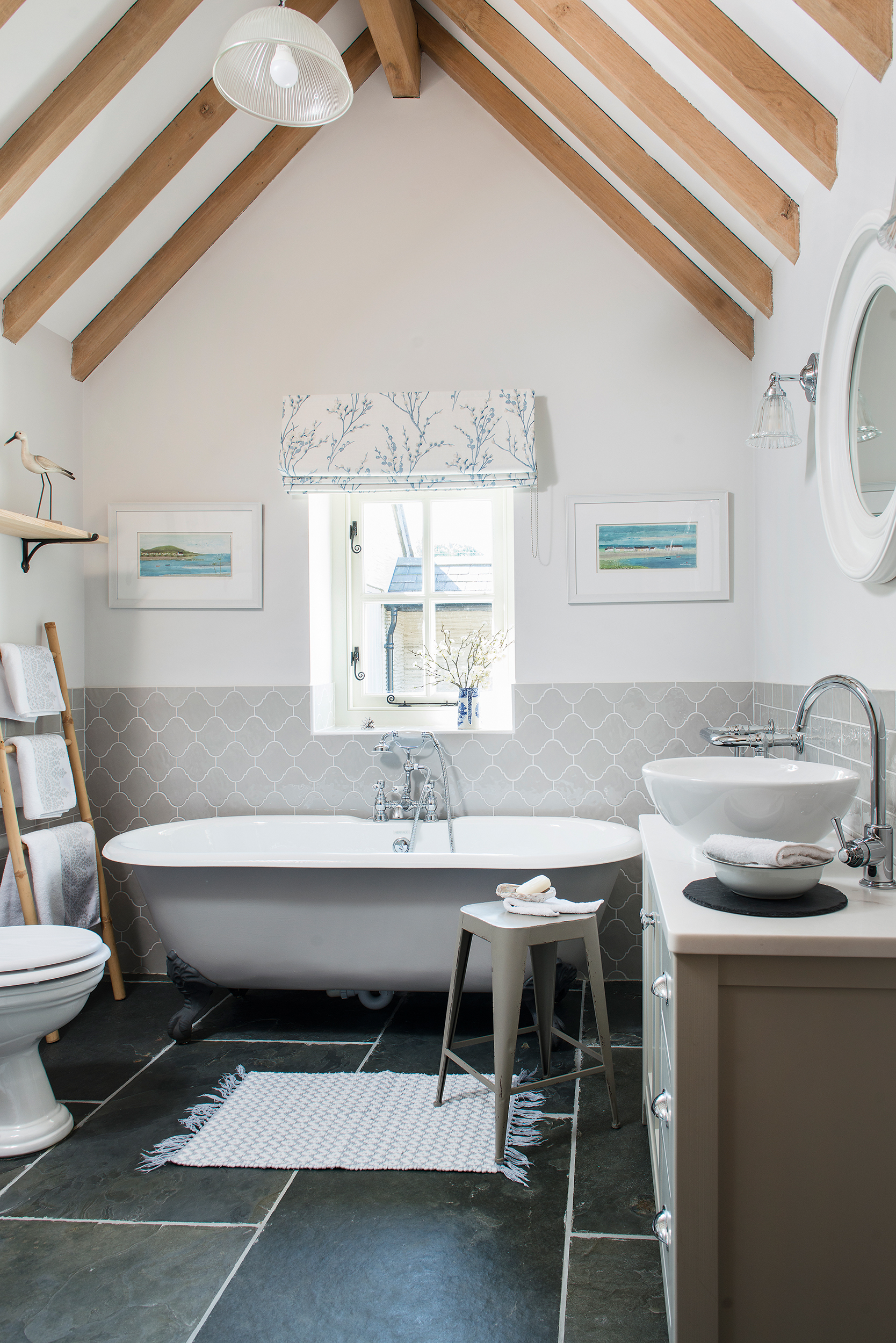
House renovation costs soar when you consider moving rooms. Moving a bathroom will affect your house renovation costs more than a simple bathroom remodel. Relocating a downstairs bathroom usually involves sacrificing one of your bedrooms (or a section of the largest bedroom and building a new stud wall and door), and reorganising the plumbing, electrics and soil pipe. It’s a project that can take months if you don’t coordinate contractors properly.
If your home is listed, you’ll need an architect to produce drawings for submission to your local authority conservation officer.
‘When costing the job, look for builders who belong to one of the national trades organisations,’ advises Andrew Leech of the National Home Improvement Council. ‘The government’s own Trust Mark scheme for recommended tradespeople is good too. A new stud wall for an en suite bathroom including a door shouldn’t take a competent tradesperson more than two days to complete,’ says Andrew. ‘It would cost, with basic materials and labour, about £800. Tiling and other decoration would increase costs accordingly.’
Costing the job
- Architects‘ drawings, £250–£700
- Skip, £120–£350
- Tiling, £50–£500
- New stud wall with door, £800
- Free-standing bath, £200–£3,000
- Power shower, from £150
- Fully tiled walk-in wet room, from £5,000
- Labour and a low-cost suite, £1,500
Ways to save money
- Project-manage the job yourself.
- Recycle the old bath suite or find a cheap salvaged one.
- Complete any prep or finishing work, such as painting, yourself.
- Ask for a detailed quote to see if things like skip hire can be done more cheaply.
- Looking to start afresh in your bathroom? This is how much a new bathroom costs
How much does plastering cost?
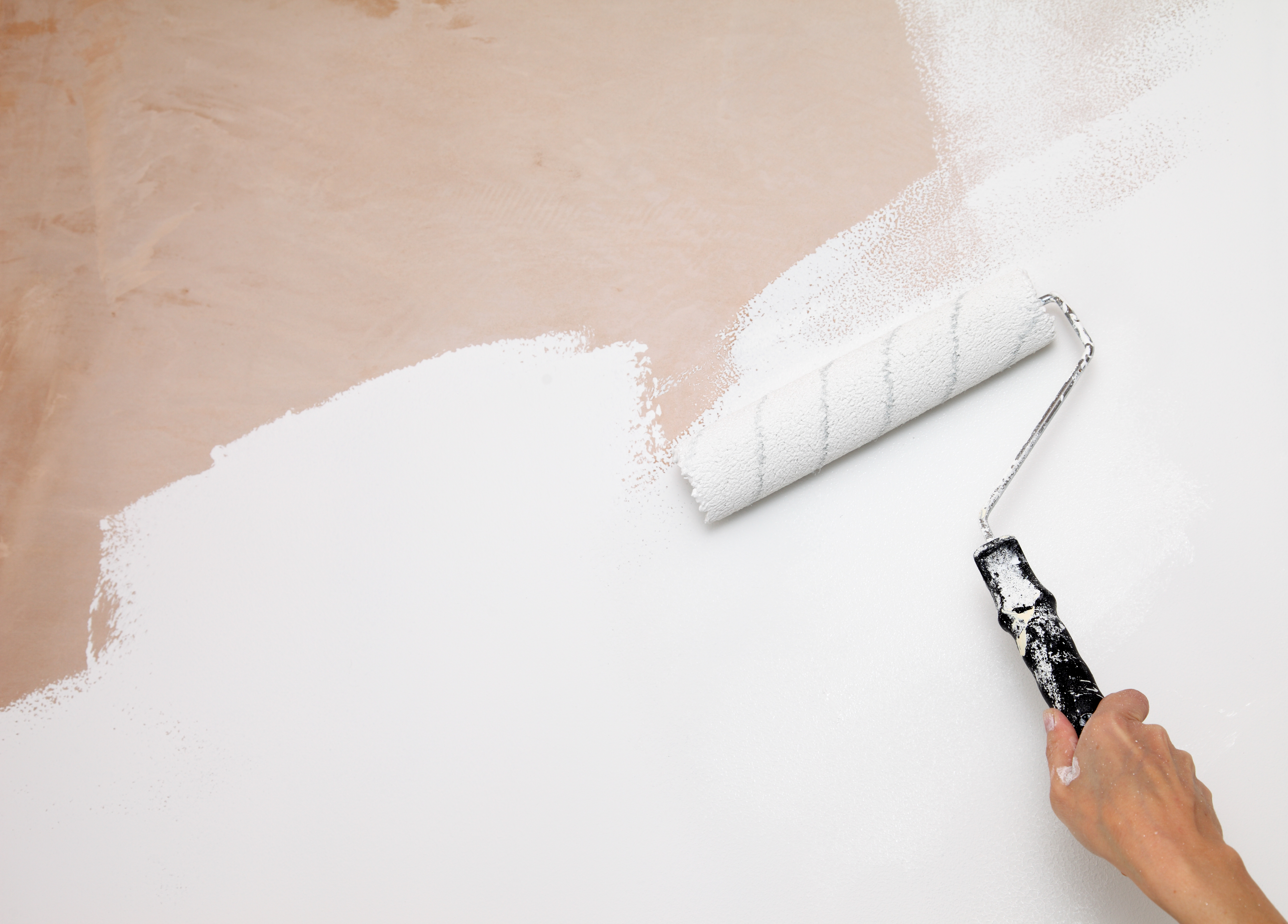
Following damp or interior rebuilding work, walls will often require plastering to make good, so don't forget to factor them in to your house renovation costs. You will also need to factor in the cost of plastering in any new rooms you are adding, and for areas where you are knocking through. Finally if doors are being installing, or windows are being replaced, this could mean patching up and replastering is necessary. The same is true if you are having the property rewired as walls will need making good.
If your walls are traditional lath and plaster, or wattle and daub, you’ll want to use the right materials to keep the house walls ‘breathable’, and hire the services of a specialist lime plasterer.
‘One of the main problems period property owners face is damp – generally caused by later repairs or alterations using inappropriate materials,’ says Ronnie Clifford at traditional plaster specialists, Ornate Interiors.
‘The moisture can penetrate vulnerable plasterwork and traditional finishes resulting in fractures. You’ll need to identify the cause of any damp before bringing plastering specialists on board.’
Lime plaster is made from lime and sand mixed with animal hair as a binding agent. Having an entire room replastered using lime plaster would take at least a month – with three or four visits from the plasterer during that time, giving the lime plaster time to dry out in between coats (four to seven days).
Costing the job
- Skimming a room to make good, from £380
- Fresh plastering a whole room (including plasterboarding if required), from £800–£1,300
- Repairing a hair and lime plaster wall with machined laths, from £65/m2
- Repairing a wall with hand-riven laths, from £90/m2
- Lime plastering a ceiling measuring 9m square (including new laths), from £1,000
- Lime plastering using dot-and-dab then skim technique, from £15/m2
Ways to save money
- Find a local course and learn plastering techniques for yourself. Courses cost around £140.
How much does it cost to decorate?
The final step in your house renovation costs is the decorating. Estimating your decorating costs can be hard as there are so many variables, so use the below bullet points as a rough guide. Paint is the most cost-effective way to finish your room, but where walls are of uneven finish you might find wallpaper hides a multitude of sins for less than the cost of reskimming. If you hire a professional decorator, they charge from £125–£200 a day. You can cut costs by prepping the room yourself, keeping it clean and maybe even priming wood and fresh plaster.
Our guide to painting a house explains how to do it on a DIY basis.
Flooring costs will vary widely from real stone being the most expensive to laminates and vinyls coming in most affordably. Wherever possible, salvage and repair original floors, especially wood, which is very desirable.
Don't forget that all the finishing touches add up too. Lighting (and light switches), trims and skirting boards, door handles and ironmongery and window dressings are all essential.
- To paint each room, budget at least £400 for a decorator and materials
- Flooring will cost anywhere from £12–£80/m2 depending on what you choose. Real stone will be more
- Budget at least £500 for basic pendant lighting for a three-bedroom home

Freshen up walls with botanical Aspen Grey wallpaper, £60 a roll, from Graham & Brown, printed on a textured, grasscloth-inspired surface. It also comes in cool Pine and Teal colourways.
Watch the Real Homes Show for more home improvement advice
Head to Real Homes TV to see the latest episode
From ideas for your small space, to tips on saving money on household purchases, or the realities of house renovation costs, The Real Homes Show has you covered
More on renovating:
- Choosing the right windows and doors for your period property
- Timber floors: a period character guide
- Luxury bathrooms: for all types of home
- Working on your house exterior design? Check out these ideas
Join our newsletter
Get small space home decor ideas, celeb inspiration, DIY tips and more, straight to your inbox!
-
 This colourful home makeover has space for kitchen discos
This colourful home makeover has space for kitchen discosWhile the front of Leila and Joe's home features dark and moody chill-out spaces, the rest is light and bright and made for socialising
By Karen Wilson Published
-
 How to paint a door and refresh your home instantly
How to paint a door and refresh your home instantlyPainting doors is easy with our expert advice. This is how to get professional results on front and internal doors.
By Claire Douglas Published
-
 DIY transforms 1930s house into dream home
DIY transforms 1930s house into dream homeWith several renovations behind them, Mary and Paul had creative expertise to draw on when it came to transforming their 1930s house
By Alison Jones Published
-
 12 easy ways to add curb appeal on a budget with DIY
12 easy ways to add curb appeal on a budget with DIYYou can give your home curb appeal at low cost. These are the DIY ways to boost its style
By Lucy Searle Published
-
 5 invaluable design learnings from a festive Edwardian house renovation
5 invaluable design learnings from a festive Edwardian house renovationIf you're renovating a period property, here are 5 design tips we've picked up from this festive Edwardian renovation
By Ellen Finch Published
-
 Real home: Glazed side extension creates the perfect garden link
Real home: Glazed side extension creates the perfect garden linkLouise Potter and husband Sean's extension has transformed their Victorian house, now a showcase for their collection of art, vintage finds and Scandinavian pieces
By Laurie Davidson Published
-
 I tried this genius wallpaper hack, and it was perfect for my commitment issues
I tried this genius wallpaper hack, and it was perfect for my commitment issuesBeware: once you try this wallpaper hack, you'll never look back.
By Brittany Romano Published
-
 Drew Barrymore's new FLOWER Home paint collection wants to give your walls a makeover
Drew Barrymore's new FLOWER Home paint collection wants to give your walls a makeoverDrew Barrymore FLOWER drops 27 brand-new paint shades, and every can is made from 100% post-consumer recycled plastic.
By Brittany Romano Published
